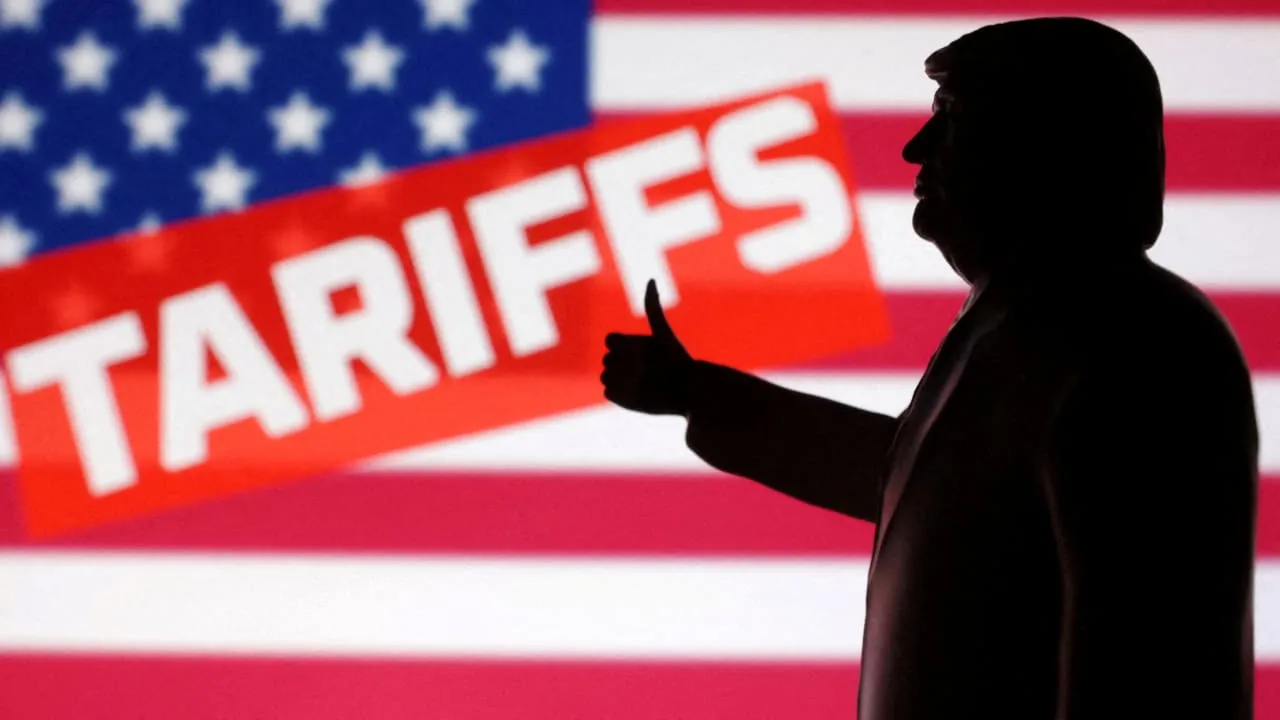In a bold escalation of U.S. trade policy, former President Donald Trump declared 30% tariffs on imports from both the European Union (EU) and Mexico, set to begin on August 1, 2025. The decision, communicated through letters published on his Truth Social platform, marked a sharp pivot toward aggressive protectionism—raising tensions with two of America’s largest trading partners.TIME+12Reuters+12Axios+12
The Rationale: Trade Deficits and National Security
In his letter to European Commission President Ursula von der Leyen and a separate message to Mexican President Claudia Sheinbaum, Trump justified the tariffs as:
-
A response to longstanding trade imbalances, particularly with the EU, which accounted for a multi-hundred-billion-dollar deficit in 2024.YouTube+4Reuters+4Barron’s+4
-
A measure tied to national security concerns, especially Mexico’s perceived inadequate response to fentanyl trafficking and cartel activity, despite some cooperation on border efforts.The Times of India+4TIME+4Barron’s+4
These new tariffs represent a notable increase over prior rates: Mexico’s existing 25% tariff would rise by 5 points, while EU tariffs would increase by 10 points within Trump’s broader “Liberation Day” tariff framework initiated in April.The Guardian+11Politico+11Wikipedia+11
What the Tariffs Cover
Trump clarified that the 30% tariff applies to all eligible imports from Mexico and the EU, including consumer goods, industrial products, and agricultural outputs. He warned that goods rerouted through third countries to avoid the tariffs would face the same penalty.
In earlier announcements, he also instituted tariffs of 35% on Canadian goods, a 50% levy on copper from Brazil, and proposals for higher rates on other global partners, targeting more than 25 countries if new negotiations fail.
Immediate Diplomatic Reactions
Responses from affected nations and international bodies were swift:
-
European Commission President von der Leyen emphasized readiness to negotiate until the August 1 deadline while pledging proportionate countermeasures if the tariffs proceed.Wikipedia+15Reuters+15TIME+15
-
Mexican government officials condemned the move as unfair and emphasized ongoing talks to avert the tariff imposition.The Times of India+6TIME+6New York Post+6
-
United States lawmakers, such as Sen. Amy Klobuchar (D‑Minn.), criticized the decision, warning it effectively taxes American families with higher consumer prices.
Business groups, including Germany’s auto industry association, warned of billions in losses and urged expedited negotiations to avoid compulsory tariff rates.
Market and Economic Fallout
Global markets responded cautiously to the tariff announcement:
-
A Reuters poll of investors highlighted rising fears around exact retaliatory tariffs by the EU and Mexico, which could compound economic uncertainty.Politico+11Reuters+11Reuters+11
-
Equities tied to European exports and emerging markets declined, while sectors like metals and airlines showed relative resilience.Investors
-
Market strategists see the move as high-stakes negotiation leverage with broad implications for inflation and global trade flows.YouTube+15Reuters+15The Washington Post+15
Broader Trade Strategy and Historical Context
Trump’s latest moves echo prior protectionist policies introduced earlier in his second term:
-
The “Liberation Day” tariffs imposed baseline 10% rates across imports in April, with higher country-specific tariffs rolled out subsequently.Wikipedia+1Politico+1
-
The expansion of tariffs is part of a broader strategy that includes prior 25% levies on Canadian and Mexican imports, along with sectional tariffs on steel, aluminum, and copper.
-
Legal analysts have noted that such actions risk violating the USMCA agreement and could face judicial challenges or WTO disputes.Wikipedia+1Wikipedia+1
What Lies Ahead
As the August 1 implementation date nears, both the U.S. and affected partners have a narrow window to negotiate:
-
The administration offered tariff exemptions for goods produced within the U.S., limited reciprocal market access, or proven cooperation in illicit trade enforcement.TIME
-
EU and Mexican officials remain in talks, though tensions remain high amid public disagreement over fairness and economic implications.
Final Thoughts
Trump’s announcement marks a sharp escalation in trade policy, extending protectionist rhetoric to two of the U.S.’s most critical trading partners. The impact is likely to ripple across logistics, agriculture, manufacturing, and consumer sectors on both sides of the border.
With trade talks still underway, the coming weeks will determine whether diplomacy can avert economic fallout—or if global markets will see further instability stemming from one of today’s most aggressive trade postures.


